- Home
- Blog
- Content Management
- Drupal Interview Questions and Answers

Are you in a quest for a good content management system (CMS) for your website? Drupal is one of the more technically complex CMS alternatives available. So be a Drupal Developer and seize the opportunity to improve your professional pathway. We are here to guide you in developing a competitive advantage over others.
Modernize your digital realm. It's time to set the trend!
Drupal as a Valuable Skill:
1. Drupal is a robust platform that can be used to create huge, complicated websites. It's a PHP-based template that lets non-technical individuals create and change material without knowing HTML or web design.
2. It is simple to integrate with other sites or technologies using Drupal CMS, and it can manage complex forms and workflows.
3. Drupal has many business advantages, and its most recent version maintains its open-source foundation and fundamental capabilities. Drupal's capacity to create and manage a wide range of content formats, including but not limited to videos, polls, blogs, podcasts, and analytics, is one of its strongest selling advantages.
4. Drupal provides a flexible design platform for creating content-rich websites for several businesses, including Media and E-Commerce, thanks to this capability.
5. Drupal is also quite adaptable. Drupal allows you to change, adjust, and incorporate a limitless amount of additional unique features into your websites, such as CRM, security, social media, and SEO, thanks to its over 16,000 modules and plug-ins.
We've compiled the most important Drupal interview questions and answers for job seekers in this post. These questions are organized into categories for easy reading before the interview and serve as a detailed guide for interviewers on various Drupal themes. These questions are especially useful when interviewing for Drupal Developer and Drupal Programmer positions.
We have categorized Drupal Interview Questions - 2023 (Updated) into 3 levels they are:
Top 10 Frequently Asked Drupal Interview Questions
- What is the purpose of Ctools in Drupal?
- What exactly is PDO?
- Explain how caching works in Drupal?
- What is Drupal Cron?
- What is Node and Block in Drupal?
- How the preprocessor works in Drupal?
- In drupal, how to implement a contextual filter?
- Explain Drupal Taxonomy?
- Can you explain to me how we can remove the breadcrumb trail from Drupal?
- What is the Drupal pane module?
Drupal Interview Questions For Freshers
1. What is Drupal?
Ans: Drupal is a PHP-based content management system that is free and open-source. Drupal is released under the terms of the GNU General Public License. Drupal is a content management system that makes it simple to organize, manage, and publish material while also offering a wide range of customization options.
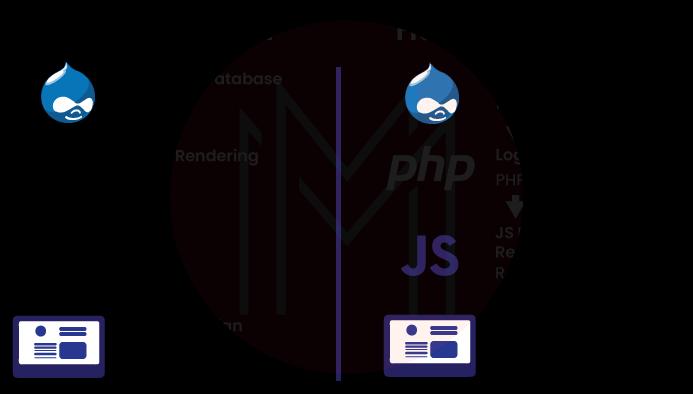
2. Write down the difference between node and block in Drupal?
Ans: Any new story, page, forum post, or other item is referred to as a node in Drupal. The Node module is in charge of adding, removing, and changing content on a website. A piece of information (block) can be presented in a specific position, which is referred to as a region. Regions include the left sidebar, header, and footer, among others. Based on configuration settings, blocks can be placed in any region.
| Do you want to Master Adobe Experience Manager Training? Then enroll in" AEM Online Training " This course will help you to master Adobe Experience Manager. |
3. What are the benefits of using Drupal?
- Drupal is a flexible content management system capable of handling a variety of content formats such as video, text, blog, menu, and real-time statistics.
- It includes several web application development templates. As a result, there's no need to start from scratch, whether you're creating simple or complex web applications.
- The dialogue makes the management and creation of a simple blog or website.
- Drupal comes with several stylish themes and templates to help you create a visually appealing website.
- There are 7000 plug-ins that help us to build the website.
4. What is the purpose of Ctools in Drupal?
Ans: Ctools is a collection of APIs and tools aimed at making the developer experience better.
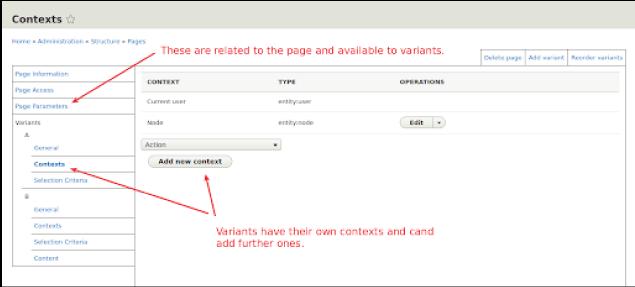
5. What sets Drupal apart from other content management systems?
- The site is simple to create and maintain.
- It's free and open-source, and it's easy to find.
- The website is displayed in a highly flexible, creative, and effective manner.
- It can be utilized in a multilingual environment.
- Performance has improved.
- More protected.
- It's easier to edit, and it has better support.
6. Define the patch and demonstrate how to use it in Drupal?
Ans: A patch is a file that contains a list of differences between two or more sets of files. Patches can be used in Drupal to make code modifications such as additions and deletions to the Drupal core. The changes are made in a systematic, standard manner, with the application making changes to the other copy of the primary or original file.
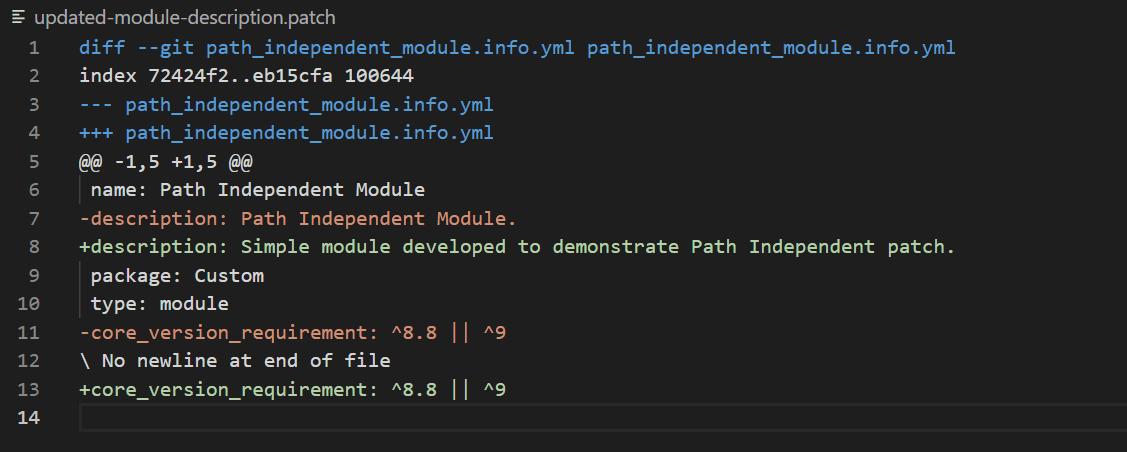
7. What exactly is PDO?
Ans: PHP Data Objects (PDO) is the acronym for PHP Data Objects. It is a reliable way to access the database. It makes it easy for developers to write code. It's related to a single API-based data access layer. Drupal has a database abstraction layer that allows developers to interact with multi-database servers more simply. It's utilized to keep SQL's syntax and power while working with more complicated features. It uses security checks and best practices to give a defined interface for dynamic queries. This technique is built on top of the PDO database API.

8. Explain Drupal's Path System?
Ans: The path is the part of the URL following your base site address that you can see when you visit a URL within your Drupal site. When you visit a path on your Drupal site, Drupal checks its menu items and routes list to identify what information should be provided to your browser. In general, Drupal allows each module to define pathways for which it is responsible, and when you visit a few of these paths, Drupal asks the module what should be displayed on the page.
| Related Article: AEM vs Open Source Content Management |
9. In Drupal, what are hooks?
Ans: Drupal Hooks are a way for modules to communicate with Drupal's core. This is one of the drupal modules. A hook is a PHP function with the name foobar (), where "foo" refers to the module and "bar" refers to the hook. Each hook has a set of parameters and a result type to deal with. A hook is all that is required to enhance Drupal. Drupal determines which modules implement a hook and calls that hook in all enabled modules that implement it when it needs modules to intervene.
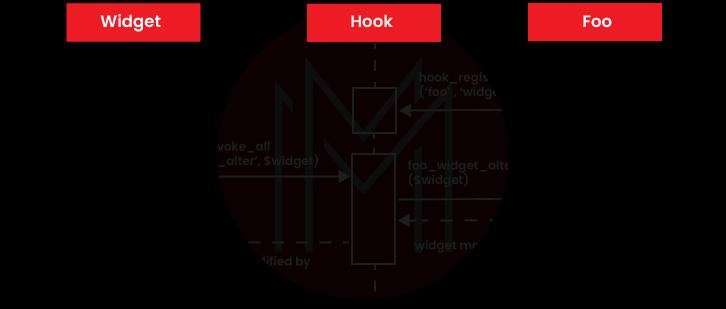
10. Explain how caching works in Drupal?
Ans: Drupal allows to speed up websites using different shapes like page caching, block caching, and lifetime for cached pages through caching.
- Page Caching: It enables the entire HTML of each page to be stored in the database. It reduces the number of queries needed.
- Block Caching: You can set the cache settings for a block in views when a block is created by views.
- Minimum cache lifetime: It is the amount of time before the page cache is cleared. On each run, page caches are cleared.
- Expiration of cached pages: It only applies to an external mechanism, for example, your browser cache or varnish.

11. Tell me, what is Drush?
Ans: You can use this as an interface between Unix and drupal. It works like a command-line shell. This is very easy and based on the scripting programming language. You can control the drupal website by using a brush as well as you can update the site module.

12. Explain Drupal Weight?
Ans: For doing customized sorting, we can use drupal weight. In drupal version 7, you will get this feature. By adding the weight option, you can enable node types in drupal. The node will be float to the top of the lists. If the weight is higher, then it will sink into the database. By calculating drupal weights, you can prioritize the node clock process.
| Related Article: AEM Tutorial |
13. What is Drupal Cron?
Ans: This drupal corn can execute the commands automatically on the scheduled date and time. This is fully automatic.
14. In Drupal, what are the files required for theme and modules?
Ans: For theme, files are required: page.tpl.php , template.php , block.tpl.php , style.css
The module files are required: modulename.module , optional modulename.install
Drupal Interview Questions For Experienced:
1. What is a render array in Drupal?
Ans: Render arrays are the fundamental building blocks of Drupal content. Render arrays in Drupal give you a systematic approach to updating content programmatically before it is displayed.
2. What is Node and Block in Drupal?
Ans: A node is a Drupal term that refers to a new page, forum post, or other items. The Node module is in charge of adding, deleting, and changing any website content. A region is where a piece of data (block) can be shown. The left sidebar, header, and footer are examples of regions. According to configuration settings, blocks can be placed in any region.
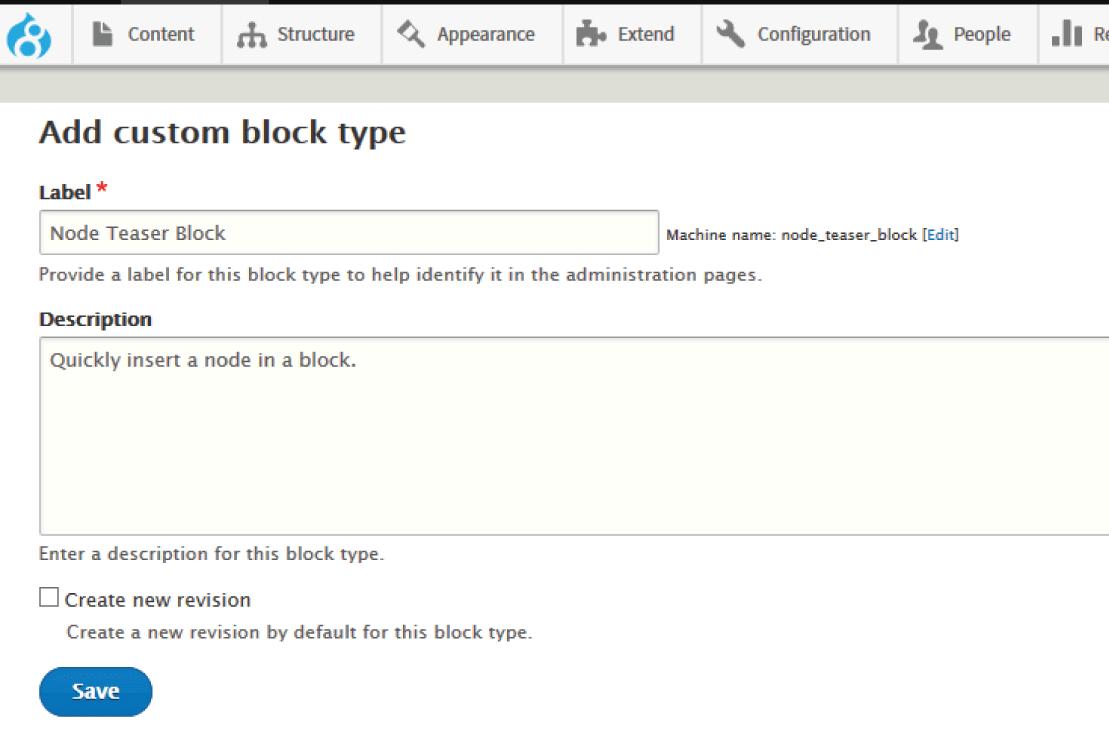
3. What are the five conceptual layers in the Drupal system?
A. Data (nodes, etc.)
B. Modules
C. Blocks and menus
D. User permissions
E. Themes and templates
4. What is the concept of a subtheme?
Ans: This is the basic version of Drupal. It provides all the basic features. It has a totally unique look with unique features.
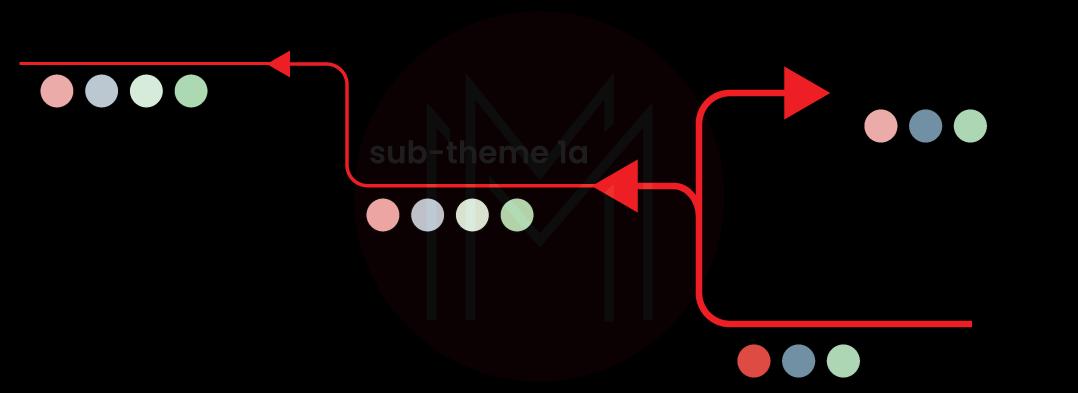
5. How the preprocessor works in Drupal?
Ans: It has the main role to set up the variable within the template (.tpl.php) files. In drupal version 7 onwards, you will get all templates and functions. But in Drupal 6, you won't get any templates and functions.
6. Explain Drupal cache?
Ans: Now once you are using any content management tools, this is going to store the content in local memory for the time being. Once the content is uploaded to the server, automatically, this will be deleted from the cache. It can store assembled pages and blocks for anonymous users.
7. Can Drupal work with JavaScript?
Ans: Drupal presents strategies for enforcing JavaScript. Using those strategies will assist in maintaining your code smoothly and in making certain compatibility with the manner different modules enforce JavaScript.
A couple of easy concepts manual Drupal's JavaScript approach:
All pages must be flawlessly practical without scripts. JavaScript presents options or supplements, now no longer replacements for trendy elements. No JavaScript is hard-coded into pages. Rather, movements are connected dynamically to web page elements--and best if the wanted JavaScript aid is present.
8. In drupal, how to implement a contextual filter?
Ans: For every statistic, you need to create separate tables in the database. For say, you can store your webpage's nodes inside the node table. Even you can write comments and add extra users also with access.

9. Write down the different Drupal Distributions?
Ans: In drupal distribution, you can get drupal core, extra software modules, extra themes, extra libraries, and all installation profiles. You can use this distribution for the given purposes:
A. Faster site binding.
B. Learning drupal.
C. Demoing drupal.
D. Evaluating drupal.
10. What are the different SEO modules available in drupal?
A. Google Analytics.
B. Service Links.
C. Pathauto.
D. Related Links.
E. Search 404.
F. Url list.
11. Explain Drupal Taxonomy?
Ans: You can find out the built-in taxonomy system in drupal. It helps to categorize the nodes on any particular website. You can also use this in arbitrary vocabularies. This vocabulary does not have any limitations. You can create an unlimited vocabulary. Once users enter tags, they automatically will insert them into the vocabulary. This is one of the power systems.
12. Tell me, how can you insert custom PHP codes in web pages using Drupal?
Ans: You can not insert the PHP code directly inside the block of web page content. This can be done through an active drupal module known as PHP filter. Now you can get this PHP filter in website building modules.
13. Can we optimize any Drupal website? If yes, then how?
Ans: Yes, we can do it. The steps are given below:
- Enable page caching
- Compress CSS files
- JS Aggregation
- Moving media files and static files to CDN
- Theme optimization
14. Can you explain to me how we can remove the breadcrumb trail from Drupal?
Ans: You can use this breadcrumb in drupal interfaces. Generally, it appears in between the top banner area and the page lite too. You can track locations within the program. This is very useful for big websites. It has huge sections and subsections. It is not suitable for smaller websites.
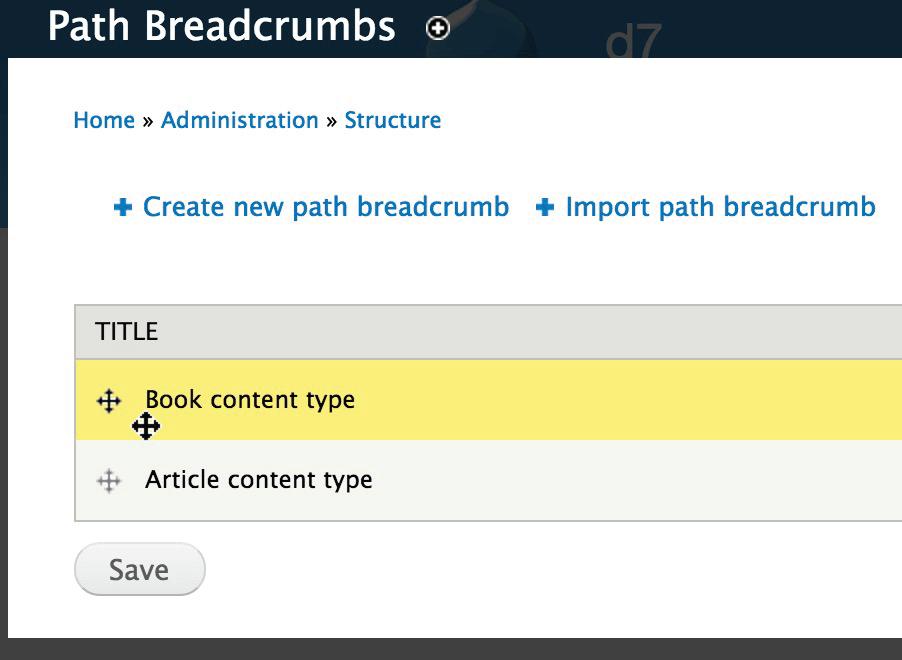
15. Is it possible to structure the URL link by Drupal?
Ans: Suppose your website link is long or hard to read; in that case, you can use "?q=". This will clean the URL by navigating the administration site config. By default, it is disabled. You need to make it enable before going to config.
16. Explain the database abstraction layer in Drupal?
Ans: Now once we are creating a website, there will be multiple databases. These databases will be stored in a single server easily. You can keep intact the syntax and SQL power inside this abstraction layer. To do a more structured interface dynamically, you can use database abstraction. By building up PHP, data objects API and take over more syntax and semantics.
17. Explain how you can do comment moderation in Drupal?
Ans: You need to change the settings in contains to moderate comments. If you want to mention any user logged in or not. In this model comment, moderation is very easy. Drupal users can do user control.
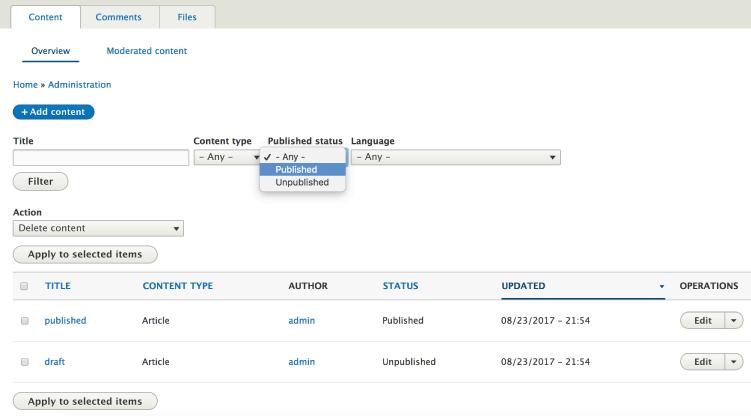
18. Can you connect with the Drupal search system?
Ans: Now you can search for specific content on the website by using search systems. You can search the users and the particular words also. You can find out the default rendering codes in the content.
19. What is the Drupal pane module?
Ans: You can translate the custom panel with the optional title, which is a variable. It can be editable easily.
20. What do you mean by Drupal panels?
Ans: It's a module of drupal. The web administrator can customize layouts for different purposes. The content developers will be putting the contents inside these layers.
Most Common Drupal FAQs
1. Can you explain to us the task of a Drupal developer?
Ans: Drupal is a PHP-based content management system; this drupal developer is liable to write PHP codes and server-side codes also. They will write custom forms and automated tests, use web services, complete projects, and more. They can also work as back-end developers. They will be working with the database too. In databases, they can use MySQL or Oracle.

2. What are the skills Drupal developers should have?
Ans: These are the following skills:
A. Strong knowledge of PHP programming language.
B. Should know installing and setting up drupal modules.
C. Hands-on knowledge of drupal theme development.
D. Strong knowledge of version control, maybe by using GitHub.
E. In-depth knowledge of drupal security.
3. What is the market for Drupal developers?
Ans: This is one of the most challenging skills these days. As per the world market, after 2019, 1.74,300 Drupal developers started their careers in development. This ratio will increase in the future for sure. It is a straightforward framework of PHP and is mostly used in web development as lower budgets projects are more available so that you can learn this framework.
4. What do you think Drupal is better than WordPress?
Ans: You can use Drupal with the most recent technology API. But if you want to use WordPress with API, it will be a difficult bit. Drupal has more features and is more stable than WordPress. It also helps to build up the payment gateway in projects. It is more robust than WordPress and more versatile.

5. As a Drupal developer, how much maximum salary can I get?
Ans: As an experienced candidate, you can expect 15 LPA in the present scenario. As a fresher, you can expect 4 LPA in India.
6. Can I get an idea about Drupal module development?
Ans: In this Drupal CMS, there are few modules like PHP files, JavaScript, and CSS files with many functionalities for a web application. If you install all modules, then it will be easier for you to do web development. Drupal module has some common functionalities like other web-based frameworks.

7. Please tell me the different modules in Drupal?
Ans: The top 9 Drupal modules are:
A. Pathauto and Redirect module.
B. Twig tweak module.
C. Webform module.
D. Paragraphs module.
E. Layout module.
F. Admin toolbar with b builder navigation.
G. Layout builder.
H. Devel module
I. GraphQL module
8. Do you think Drupal is good for SEO?
Ans: This PHP framework is a very strong framework for web development. This helps a lot in the SEO of any website. You can easily control all elements on that particular web page through this drupal framework. There are few web-based automation SEO tools that help to do this search engine optimization. That's why drupal is on the top list as SEO friendly framework.
9. What do you think is better to learn about Joomla or Drupal?
Ans: As per industry standards, you should learn Joomla as a beginner. However, once you are an expert in Joomla, you can start learning drupal, especially if you want to build up your career in web development.
10. Is Drupal supports all web browser?
Ans: Yes, Drupal is all browser friendly due to its multiple modules,
Conclusion
Accept the change with a rewarding experience. For a successful outcome, march forward with the proper strategy. We are convinced that our efforts will assist you in acing your Drupal interview and landing your dream job.
 On-Job Support Service
On-Job Support Service
Online Work Support for your on-job roles.

Our work-support plans provide precise options as per your project tasks. Whether you are a newbie or an experienced professional seeking assistance in completing project tasks, we are here with the following plans to meet your custom needs:
- Pay Per Hour
- Pay Per Week
- Monthly
| Name | Dates | |
|---|---|---|
| AEM Training | Dec 30 to Jan 14 | View Details |
| AEM Training | Jan 03 to Jan 18 | View Details |
| AEM Training | Jan 06 to Jan 21 | View Details |
| AEM Training | Jan 10 to Jan 25 | View Details |

Madhuri is a Senior Content Creator at MindMajix. She has written about a range of different topics on various technologies, which include, Splunk, Tensorflow, Selenium, and CEH. She spends most of her time researching on technology, and startups. Connect with her via LinkedIn and Twitter .











